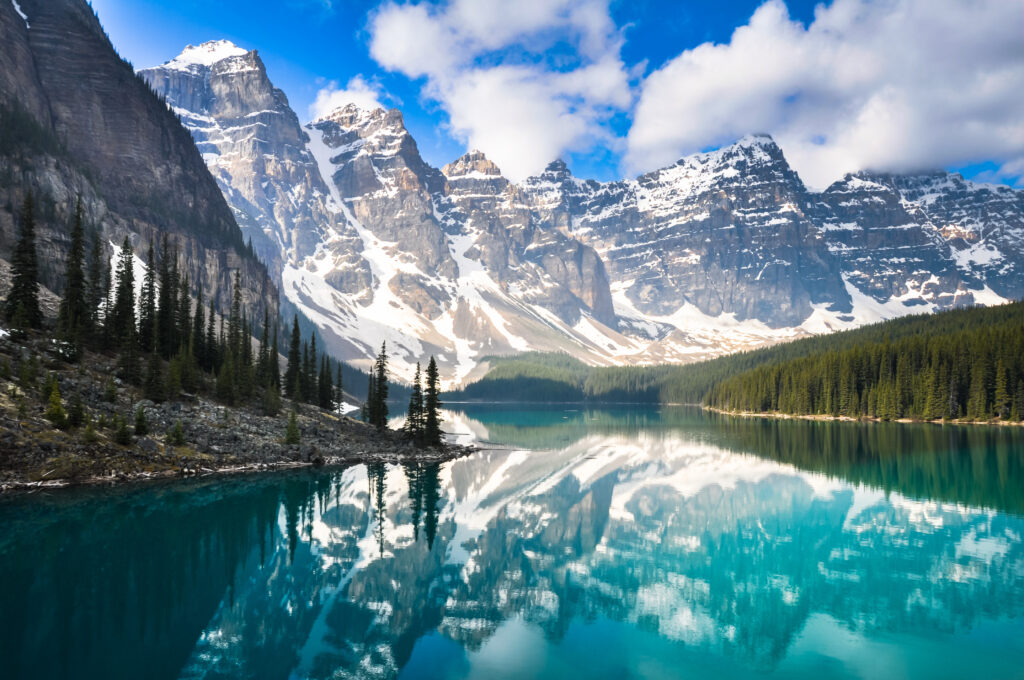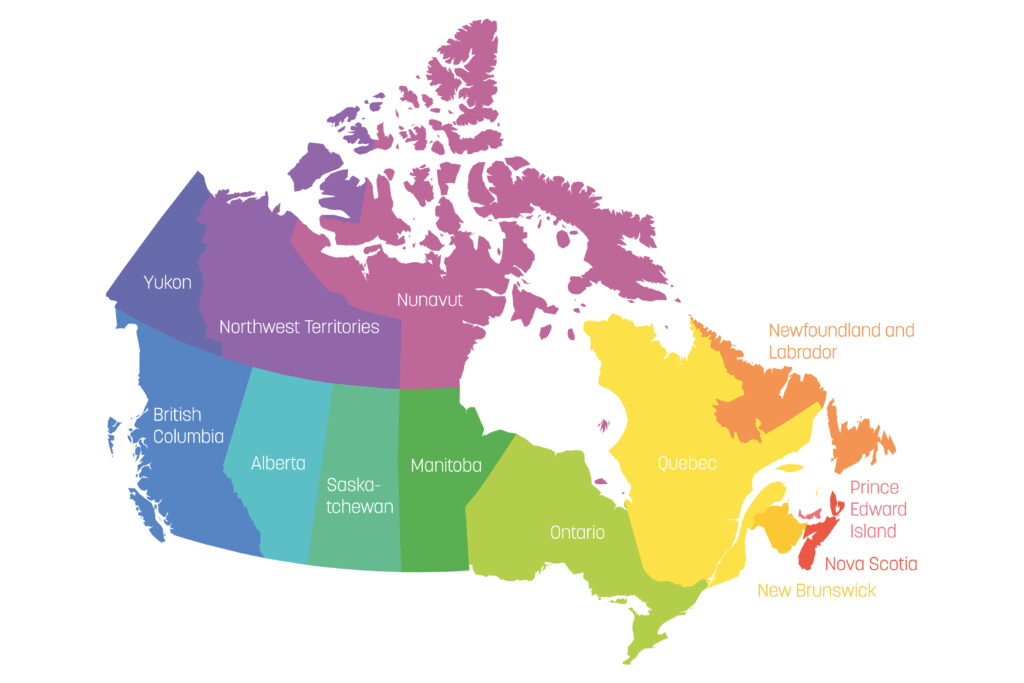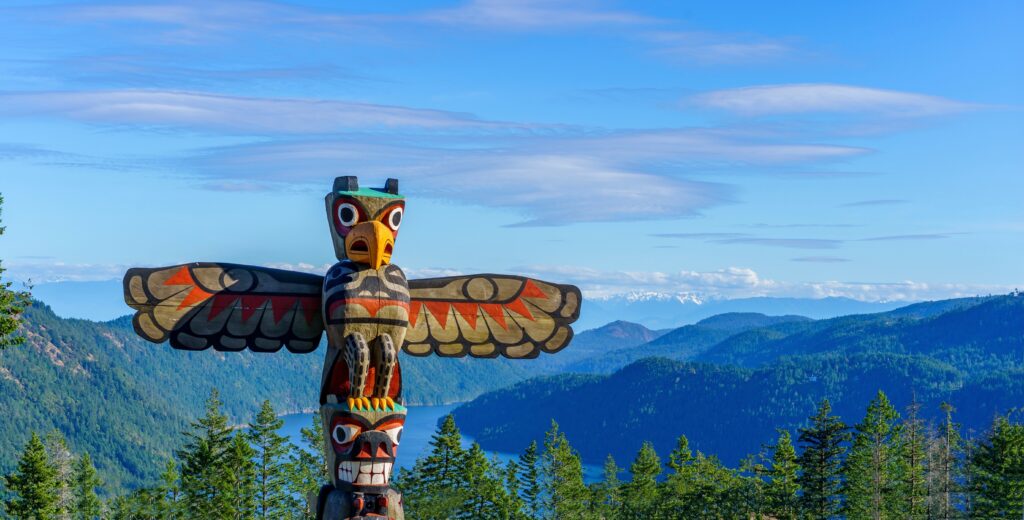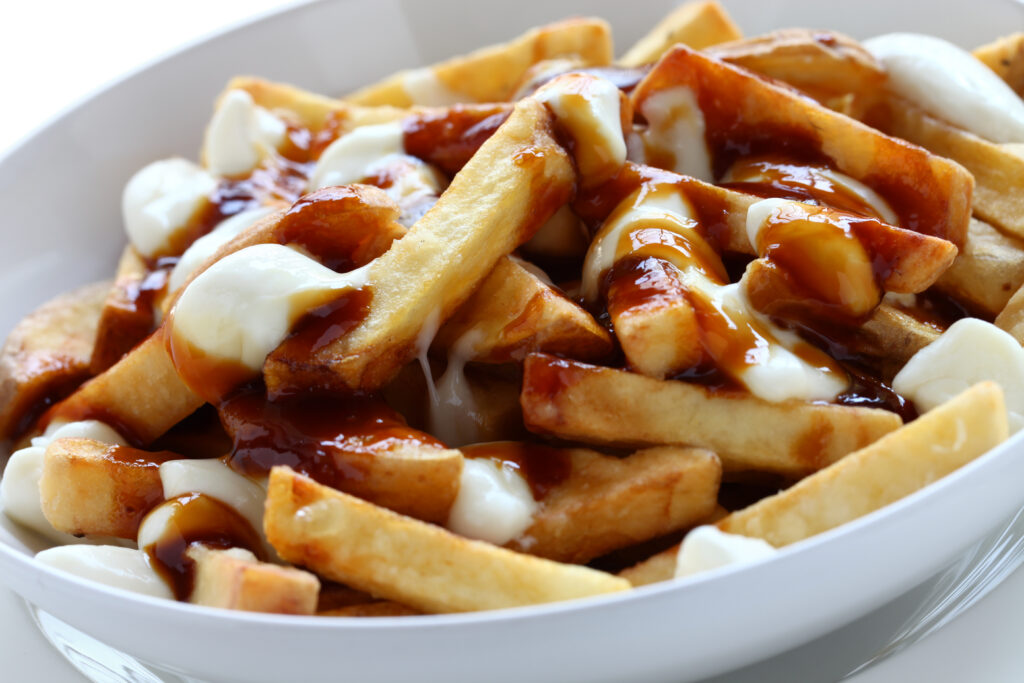Acknowledgement of First Nations' Territory
We respectfully acknowledge that BCIT campuses are situated on the unceded traditional territories of the Coast Salish Nations of the xʷməθkʷəy̓əm (Musqueam), Sḵwx̱wú7mesh (Squamish), and səlilwətaɬ (Tsleil-Waututh) Nations, and that indigenous peoples have made this area their home for countless generations.
Learn more about the 10 First Nations in the Metro Vancouver region and check out BCIT’s free online Indigenous Awareness course.
In this guide, you’ll be introduced to some context about Canadian history and various aspects of Canadian culture, including the things that people do, create, and enjoy in Canada.
On this page:

About Canada
Canada is a vast country on the North America continent comprised of 10 provinces and 3 territories. It spans six different times zones across North America in between the Pacific and Atlantic Ocean. Covered by diverse landscapes and spectacular nature across the country, Canada has an abundance of natural resources and is known as the second biggest country in the world.

Indigenous Peoples of Canada
The Indigenous Peoples of Canada have been the original inhabitants of this land for centuries and generations. Their long history is rich and diverse and an integral part of the history of Canada. In Canada, the Indigenous Peoples includes First Nations, Metis, and Inuit. In modern times, the Government of Canada has only recently begun the process of reconciliation with Indigenous Peoples for historical injustices and harm caused by colonization. National Indigenous Peoples Day on June 21 and the National Day for Truth and Reconciliation on September 30 are two examples of days when Canadians recognize and celebrate the histories, cultures, and resilience of Indigenous Peoples across Canada each year.

Canadian History
Since early European settlement and colonization began in North America in the 16th century, people from around the world have been moving and immigrating to the lands that are now a part of Canada. British and French colonies were established during Canada’s early colonial history, and eventually on July 1, 1867, the British North America Act was passed in which confederation united the British North American provinces into the Dominion of Canada. Today, Canada Day is the country’s national holiday which takes place on July 1 each year. Canadians celebrate Canada Day by commemorating the country’s history, people, and accomplishments. Many people celebrate by joining community events and parades, organizing picnics and barbeques, and watching fireworks.
English and French are the two official languages of Canada. You will see both English and French on government documents and on a variety of products sold in Canada.
You’ll encounter diversity, hear different languages, and meet people from different backgrounds and cultures in Canada because it is a multicultural country. Multiculturalism became an official policy in Canada in 1971 which recognized and promoted diversity among Canadians. Most Canadians, besides Indigenous Canadians, are descendants of immigrants or immigrants. Over 20% of the current population was born outside Canada. Canada has experienced record-breaking population growth in recent years mostly due to immigration. Its population recently grew to 41 million in the first quarter of 2024.
Canadian Food

In Canada, you’ll find cuisine and food from cultures around the world. One of the most iconic Canadian dishes include poutine, which originated from the province of Quebec.
Popular Canadian treats include Nanaimo bars, butter tarts, smoked salmon, ketchup chips, and donuts. Canadian bacon and Hawaiian pizza are examples of some of other favourites in Canada. And of course, Canada is famous for being the world’s largest producer of maple syrup!
Regional specialties in British Columbia include pacific salmon, shrimp, crab, cod, halibut, oysters, and other local seafood.
The Okanagan region in British Columbia produces cherries, apples, pears, grapes, and is home to over a hundred wineries.
Tips and Taxes
It is customary to give a tip after dining at a sit-down restaurant in Canada. Tips can be added on top of the amount when paying for the bill.
The prices that you see on menus and on price tags don’t usually include tax, so you will have to remember to account for it when calculating the final price. In British Columbia, there is a Goods and Services Tax (GST) of 5 percent and Provincial Sales Tax (PST) of 7 percent, for a total of 12 percent on eligible goods and services. Some categories of goods and services are exempt from the Provincial Sales Tax, such as food and books.